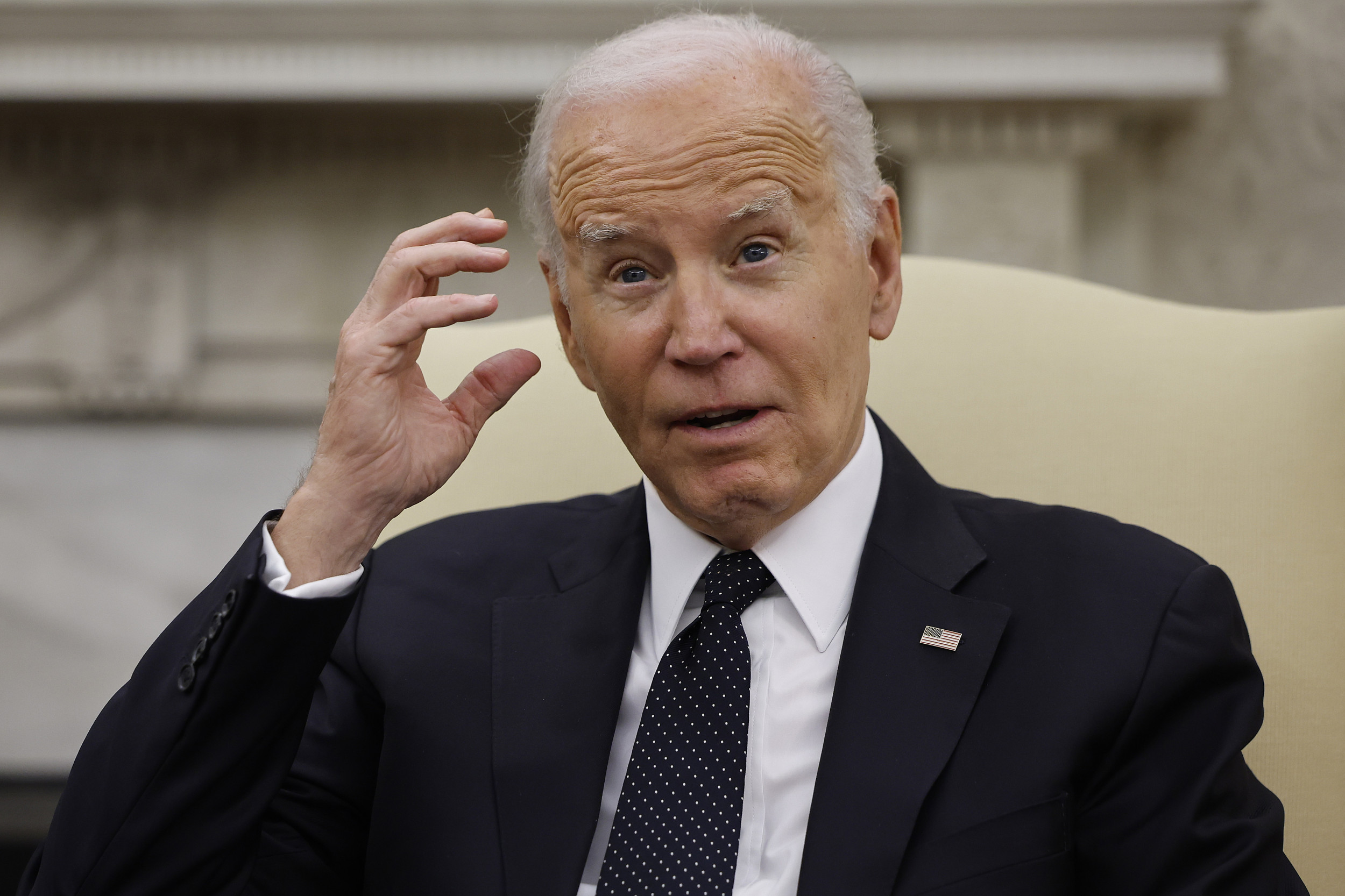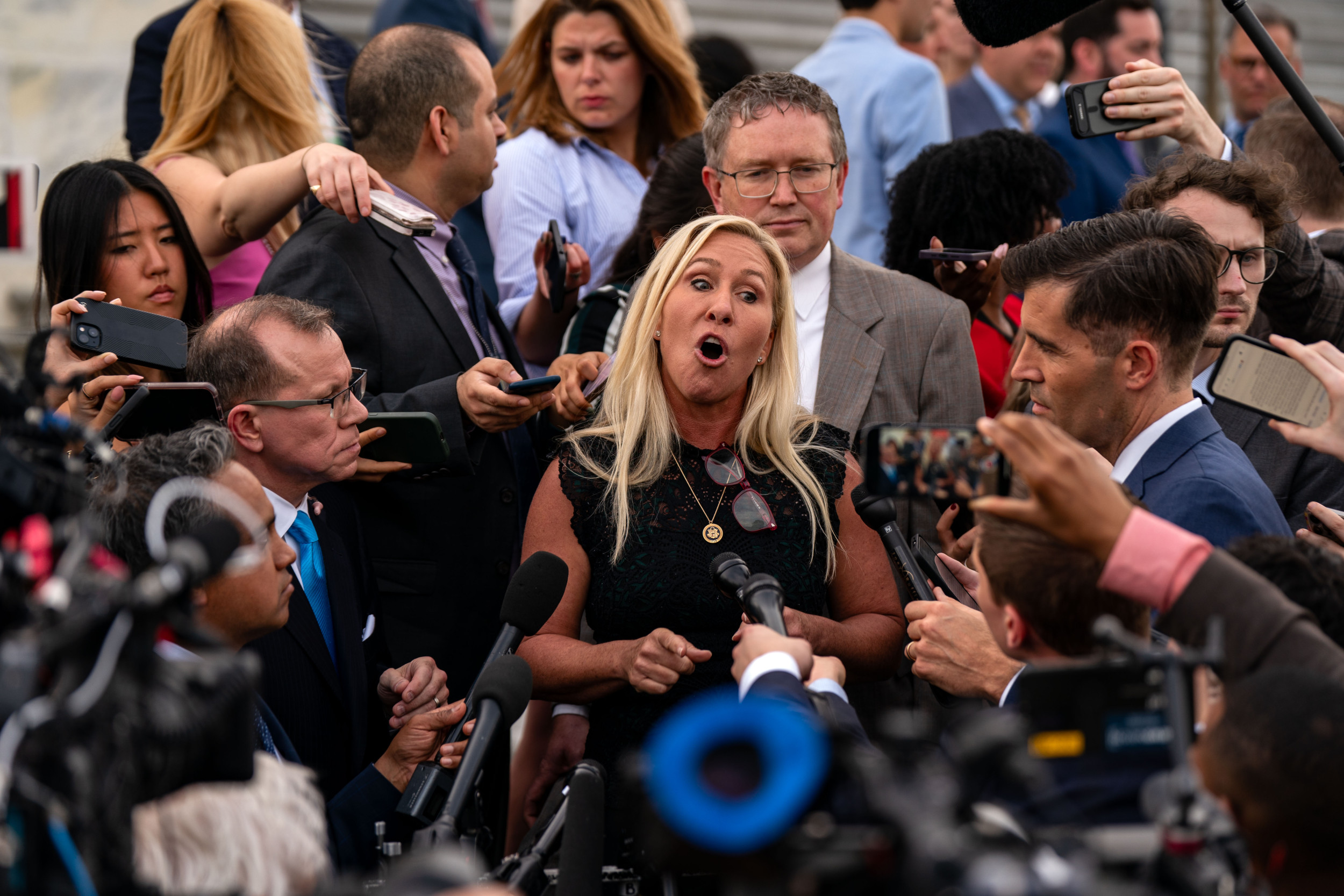The Mexican military has discovered a major training camp run by the notorious Zetas drug cartel and stocked with an arsenal of military weapons, including 140 semi automatic assault rifles and 10,000 rounds of ammunition—all of them believed to be purchased in the United States, U.S. law enforcement officials tell Declassified. The discovery last week of the training camp in the town of Higueras, just 70 miles south of the U.S. border in the state of Nuevo León, provides fresh evidence for Mexican President Felipe Calderón—due to meet with President Obama in Washington on Wednesday – to press his case that the U.S. government is failing to crack down on a massive flow of illegal weapons into Mexico. A senior U.S. law enforcement official, asking not to be identified talking about sensitive matters, tells Declassified there's mounting evidence that the illegal trafficking of high-powered U.S. weapons into Mexico is continuing unimpeded and may actually be increasing, despite repeated statements by Obama administration officials (including Secretary of State Hillary Clinton during a March visit to Mexico City) that they are forcefully addressing the issue.
One yardstick, used internally by U.S. law enforcement officials but almost never publicly discussed, is what they call the "time to crime" measurement: the elapsed time between a gun's purchase in the United States and its seizure by Mexican authorities in the course of a raid on drug traffickers. Mexican authorities routinely provide serial numbers on the weapons they seize to the U.S. Bureau of Alcohol, Tobacco and Firearms (ATF) so the guns can be traced back to their original source. The shorter the time to crime, the higher the likelihood that the gun was bought directly from a U.S. gun store by "straw buyers" or other drug-cartel operatives and then smuggled across the border into Mexico. As recently as 2006, the official says, the average time to crime for guns seized in Mexico was between six and seven years, suggesting that the weapons had gone through several buyers and sellers before ending up in the hands of Mexican drug traffickers.
But by this year the time-to-crime figure had dropped to less than three years, and in recent months ATF has been tracing weapons seized in Mexico with time-to-crime numbers that in some cases are as low as weeks or even days, says the law enforcement official. Such a dramatic reduction almost certainly means that the guns were initially purchased for a criminal purpose and could mean the Mexican cartels have stepped up their already aggressive efforts to obtain high powered weaponry, such as semi automatic assault rifles and pistols from the United States, the law enforcement official says.
Nevertheless, another senior official at ATF disputes the suggestion that the drop indicates a stepped-up overall flow of weapons to the south. Instead, the ATF official says, it may mean only that particular kinds of weapons are being purchased for Mexican traffickers directly from U.S. gun stores, as opposed to used weapons being bought on the secondary market at U.S. gun shows or from unregulated private sellers. In part because of legal restrictions that limit ATF's ability to track overall gun sales, and in part because of the multiple ways that weapons are legally bought and sold in the United States, the agency has "no idea how many weapons are going to Mexico," says the official, also asking not to be identified talking about politically sensitive matters. "The bottom line is there is no way for us to track those sales," said ATF spokesman Scot Thomasson.
Still, ATF's agents are already hard at work trying to trace the origin of the Higueras arsenal. Mexican officials have said the training camp was being run by Los Zetas, a ruthless paramilitary army of drug traffickers that was originally founded by renegade operatives of the Mexican special forces. The group is believed to have played a major part in the wave of violence that has killed 22,000 people since President Calderon declared war on the cartels in Dec. 2006. The arsenal was captured after the camp was invaded by Mexican Air Force helicopters and soldiers in land vehicles, sending about 50 Zeta operatives fleeing. Most of them, having been tipped off by the noise of the choppers, managed to escape into the mountainous area near the camp, according to this account quoting Mexican military sources in Borderland Beat, a blog that tracks the Mexican drug war.
According to a U.S. law enforcement officer familiar with internal U.S. reporting on the raid, the items recovered by the Mexican military at the camp included 32 rifle grenades, four grenade launchers, 80 AR-15 assault rifles, 60 AK-47 assault rifles, one anti-tank launcher, 10,000 rounds of ammunition, 13,000 cartridge magazines, as well as body armor and two way radios. Although the rifle grenades and grenade launchers likely came from old military stocks in Guatemala or elsewhere in Central America, the official says, an initial inspection of the assault rifles' markings suggests they all were purchased in the United States.
Mexican officials have repeatedly implored U.S. officials to take more vigorous action to curb the flow of such weapons by banning the sale of assault weapons as was done under President Clinton and by more aggressively regulating and investigating the estimated 12,000 gun stores on the U.S. side of the Mexican border. Such entreaties are expected to be repeated this week when Calderón arrives in Washington for an official visit that includes a state dinner at the White House on Wednesday night and an address to a joint session of Congress. Although President Obama promised during his 2008 campaign that he would push to reimpose the assault rifle ban, which was lifted under President George W. Bush, White House aides have privately acknowledged that the issue has been taken off the table during President Obama's first term, saying there isn't sufficient support in Congress for such a move.
On top of everything else, the White House has yet to nominate a director for the ATF, the one agency in charge of policing the weapons flow. The failure has left the agency rudderless and without the clout it needs to press for more resources, according to several current and former ATF agents. A White House spokesman did not respond to a request for comment from Declassified, referring questions on the gun issue to the Department of Homeland Security. DHS spokesman Matthew Chandler said via e-mail: "DHS has dedicated unprecedented manpower, technology, and infrastructure to the Southwest border since the administration's Southwest Border initiative was launched in March 2009 – with a major emphasis on strengthening outbound inspections to keep illicit items that fuel drug violence from crossing the border into Mexico." For the first time, he continued, this includes screening "100 percent of outbound rail shipments for illegal weapons, drugs and cash" and deploying additional Border Patrol agents to assist with inspection operations."
Uncommon Knowledge
Newsweek is committed to challenging conventional wisdom and finding connections in the search for common ground.
Newsweek is committed to challenging conventional wisdom and finding connections in the search for common ground.
About the writer
To read how Newsweek uses AI as a newsroom tool, Click here.






